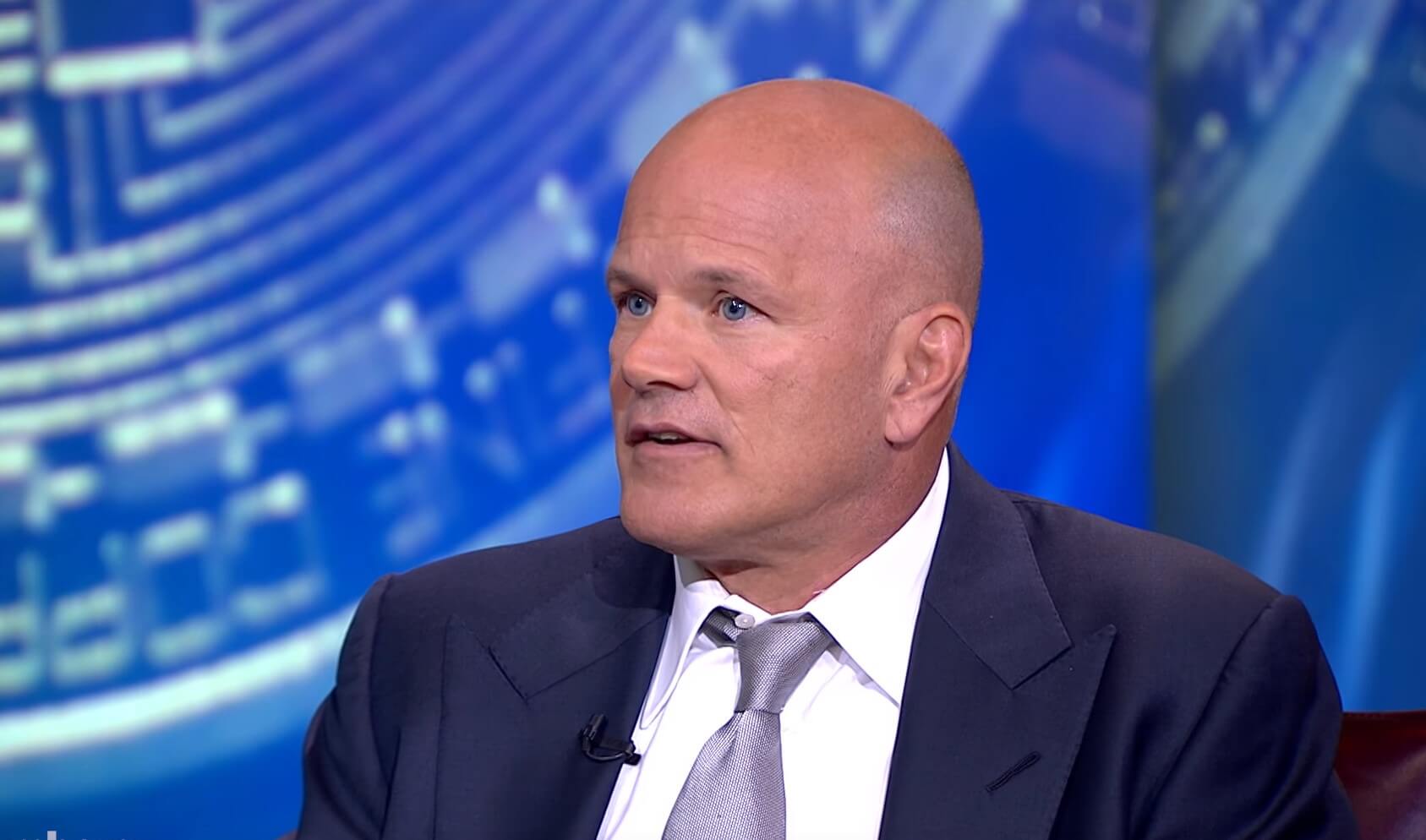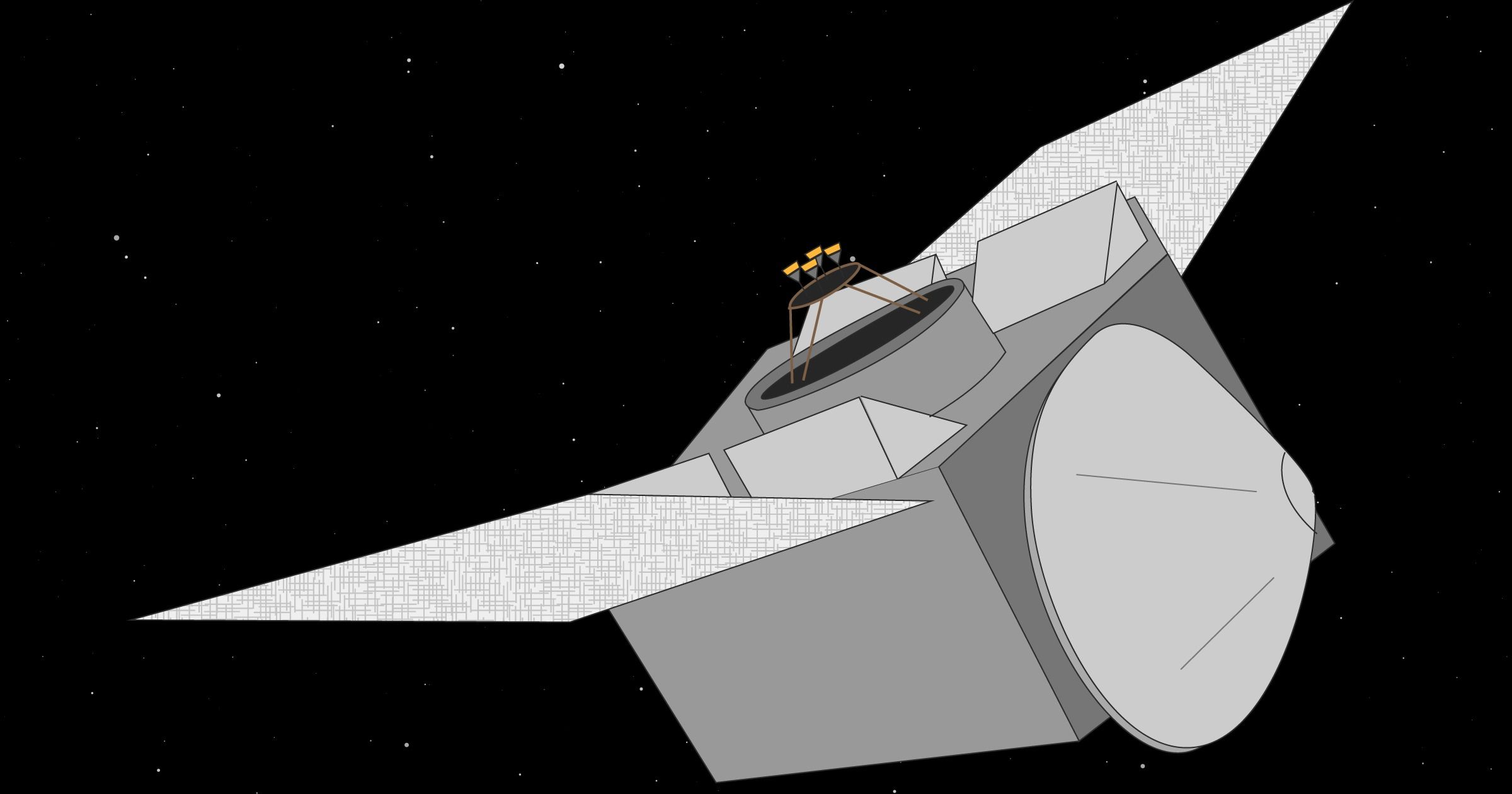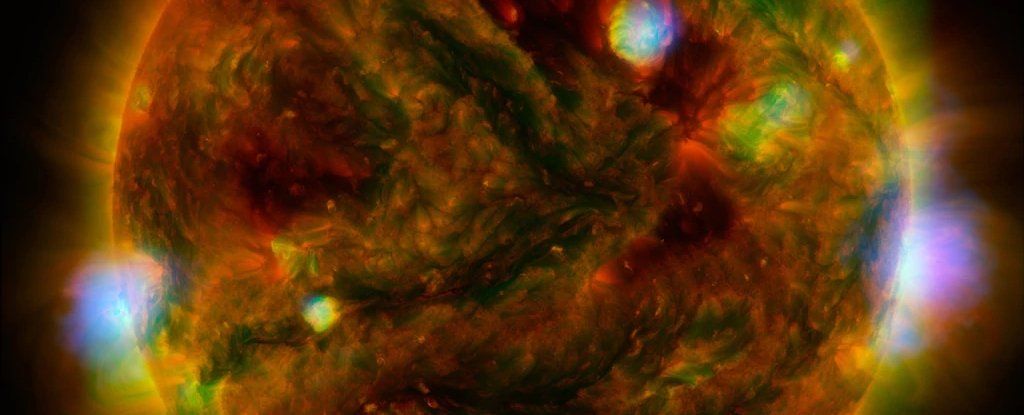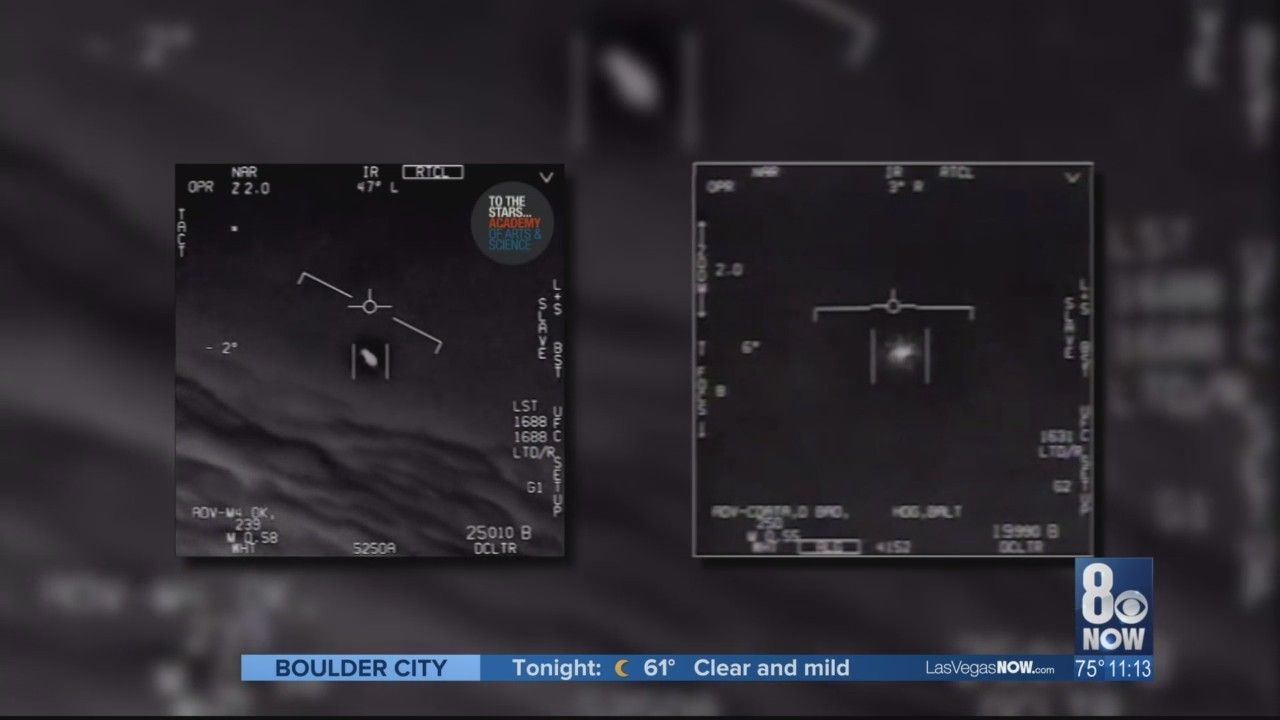You can hear “Milky Way Blues” for yourself on a new website devoted to turning real astronomy data into music.
Category: space – Page 964

Bloomberg & Billionaire Bull Novogratz Launch Cryptocurrency Price Index
One of bitcoin’s biggest bulls has inked a deal with an unlikely partner to create a cryptocurrency price index.
Billionaire Mike Novogratz and Bloomberg LP on Wednesday announced that they are teaming up to launch the Bloomberg Galaxy Crypto Index (BGCI), which will track the aggregate performance of a basket of large-cap cryptocurrencies.
“Today’s launch of the Bloomberg Galaxy Crypto Index reflects our clients’ growing interest in cryptocurrencies,” said Alan Campbell, Global Product Manager for Bloomberg Indices. “The index brings our rigorous approach to index construction to cryptos and will provide investors with a transparent benchmark to gauge the performance of the broader market.”

Neuroscientists Strongly Recommend That You Visit The Beach Regularly. Here’s Why
We all know that spending time outdoors is good for you on both a physical and mental level, but the benefits of spending time specifically at the beach have just been revealed.
That incredible feeling of peace and calmness that you experience at the beach is now being referred to as “blue space.” That’s what scientists have dubbed the effect that the combination of soothing smells and sounds of water have on your brain. The blue space is enough to make you feel at ease in a hypnotic sort of way.
When you notice how relaxed you feel at the beach, it’s not just all in your head. Science says that it’s a change in the way your brain reacts to its environment leaving you feeling happy, relaxed and reenergized.


Mining asteroids might sound like science fiction, but it’s inching closer to reality—and it could be incredibly lucrative
Sending a spacecraft to the far reaches of our solar system to mine asteroids might seem like an improbable ambition best left to science fiction. But it’s inching closer to reality. A NASA mission is underway to test the feasibility on a nearby asteroid, and a niche group of companies is ramping up to claim a piece of the pie.
Industry barons see a future in finding and harnessing water on asteroids for rocket fuel, which will allow astronauts and spacecrafts to stay in orbit for longer periods. Investors, including Richard Branson, China’s Tencent Holdings and the nation of Luxembourg, see a longer-term solution to replenishing materials such as iron and nickel as Earth’s natural resources are depleted.
Millions of asteroids roam our solar system. Most are thought unsuitable for mining, either because they’re too small, too inaccessible to Earth or because the materials that make up the asteroid have little value. But we know of almost 1,000 asteroids that show potential. Timing is everything, though. The varied orbits of these asteroids mean that many are nearby only once every several years.

Building Sails for Tiny Interstellar Probes Will Be Tough — But Not Impossible
Giant lasers may indeed launch fleets of spacecraft to Alpha Centauri, given breakthroughs in the science behind extraordinarily thin, incredibly reflective sails that can catch this laser light, a new study finds.

Flying first class in Emirates’ new Boeing 777-300ER cabin
Click on photo to start video.
Inside Emirates’ new first class suites with virtual windows and NASA-inspired seats.

Astronomers stumble on what may be “toddler” exoplanet
An international team of astronomers led by Leiden University has discovered what may be a “toddler” exoplanet. Orbiting a young binary star system called CS Cha about 538 light years from Earth in the constellation of Chameleon, the object may be less than two million years old and is still growing thanks to the dust disc that it inhabits.
Astronomical discoveries aren’t always eureka moments. Because telescopes are essentially gigantic cameras that spend their careers snapping pictures of the heavens, there’s always a huge library of images to be gone over years or even decades after they were taken.
Such is the case of the Leiden team who were studying CS Cha and its dust disc using the Spectro-Polarimetric High-contrast Exoplanet REsearch instrument (SPHERE) on the European Very Large Telescope in Chile. At only about two or three million years old, the T Tauri-type binary star system is very young and consists of two very small stars less than 30.6 AU (4.6 billion km, 2.8 billion miles) apart. These stars orbit a common center of gravity, and are surrounded by a disc of dust and gas about 55 AU across.

Gigantic Waves That Control Earth’s Weather Have Once Again Been Detected Roaring Across The Sun
Astronomers have speculated for decades that the giant waves that meander through the Earth’s atmosphere and oceans, driving the weather, might also exist on the Sun. Now those waves have been unambiguously detected inside the Sun, and found to be very similar to those on Earth.
These Rossby waves, or planetary waves, naturally occur in rotating fluids. It is the rotation of the Earth that causes Rossby waves to propagate through the atmosphere and ocean, affecting the climate and weather.
The Sun rotates, too — so, theoretically at least, a similar phenomenon should be taking place in the gases and plasma that make up its layers. Indeed, it should be taking place in all rotating fluid systems.

I-Team
Space entrepreneur Robert Bigelow’s interest in exotic subjects was as obvious as his company logo. He’d spent years — and millions of dollars — on his own scientific study of UFOs and related topics. For the DIA contract, he created BAASS, a seperate entity housed within his aerospace plant. He hired a team of 46 scientists and investigators, along with dozens of other support personnel.
LAS VEGAS — UFO investigators are hoping to obtain a treasure trove of Pentagon documents that were generated by a once-secret military study of flying saucers and other weird aircraft.
The government confirms there was a UFO program. It supposedly ended in 2012, but the Pentagon has not yet released any reports or files.
The I-Team gives the first look at documents which prove the UFO study was real and was based in southern Nevada.